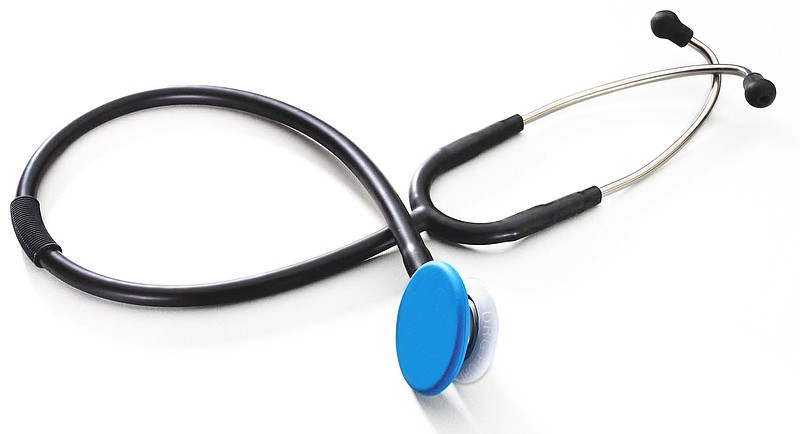Including my graduation from high school, I've attended at least a dozen commencement ceremonies as children and grandchildren have reached various academic milestones. Featured speakers have imparted inspiring messages about pursuing dreams, reforming societal injustices and undertaking lifelong learning. I have heard former President George H. W. Bush, the late New York Gov. Mario Cuomo, Nobel laureates and university presidents.
Missing from the orations have been considerations of some of the practical challenges confronting today's graduates, whether from high school or college.
Several years ago, I served on a selection panel for scholarships for international study. Among the questions presented to each candidate in her personal interview was: "What three books would you want if you were isolated on a remote island?" Answers ranged from the works of Shakespeare to the King James Bible to the novels of Tolstoy.
Near the end of our day, one candidate took a different tack, selecting a book on wilderness medicine, another on edible plants and a third on construction of a seaworthy raft. He would survive and escape. He was among the quartet of successful applicants.
Expanding upon his examples, I offer a practical primer on alcohol for high school graduates.
Although consuming alcohol is illegal in all 50 states before age 21, use of alcohol is, unfortunately, widespread before that age. Excessive consumption at any age is a major factor in sexual assault, physical violence and automotive and other accidents, many of which are fatal.
Dosage of alcohol is expressed as one drink of 10 grams of ethanol. That is the equivalent of a 12-ounce beer containing 3 percent alcohol, three ounces of wine (12 percent alcohol), or 1.5 ounces of whiskey (80 proof or 40 percent alcohol).
Alcohol can be detected in blood within minutes of consumption and reaches its peak concentration within an hour. Absorption is slowed if food is in the stomach. Because of gender differences in the distribution of alcohol within the body, a female who consumes the same amount of alcohol as a male of similar weight will have a higher peak blood alcohol level .
Blood alcohol level is expressed as grams of alcohol per liter of blood. A blood alcohol level of 0.10 percent is equivalent to one gram of alcohol per liter of blood. A level of 0.08 percent and above constitutes driving under the influence. For an underage drinker, any blood alcohol level constitutes DUI. The only safe blood alcohol level for driving or other complex activities is zero.
A woman weighing 120 pounds will exceed the DUI level with two drinks within an hour. A male weighing 140 pounds will exceed that level with three drinks within an hour. A blood alcohol level of 0.55 percent is associated with a 50 percent fatality rate due to acute alcoholic poisoning. Rapid drinking of a quart of whiskey may achieve this level.
A person who has drunk himself into unconsciousness is vulnerable to aspirating or inhaling vomit. Because alcohol in the stomach will continue to be absorbed during unconsciousness, a fatal blood alcohol level may be reached an hour or more after the last drink is consumed. For this reason, an unconscious drinker must not be left unsupervised. They should be repeatedly stimulated until awake and only then be offered coffee or tea for further arousal.
Because any level of alcohol can impair driving, a designated driver who has consumed no alcohol should be the only person to transport drinkers after a party or visit to a bar.
Any psychoactive drug, such as Valium or Prozac, or opiate such as hydrocodone, will intensify the effects of alcohol in unpredictable fashions. Do not mix drugs and alcohol. The so-called "date rape" drugs - Rohypnol, Xanax and Klonopin - are added to alcoholic beverages by sexual predators to precipitate unconsciousness or defenselessness.
Practical rules for drinkers
* Do not accept a mixed drink unless you know and trust your host or have personally witnessed its concoction. Never accept a mixed drink from a stranger. Do not leave your drink unattended.
* Be extra cautious with alcoholic beverages served from a pitcher or punch bowl because this obscures how much alcohol is contained in each serving. A guest may also have further spiked the drink from his own stash of alcohol.
* Be mindful of fruit-flavored drinks which can conceal alcoholic content.
* Know what you are consuming.
* Do not let a friend drive while intoxicated, even if this means taking the car keys from him.
* Do not ride in a vehicle driven by an impaired driver.
* Do not abandon an unconscious drinker. If he cannot be aroused or appears to have aspirated stomach contents or to be in any difficulty, call 911.
In addition to these acute effects, chronic overuse of alcohol can lead to liver and brain damage. Some individuals may develop a chronic dependence upon alcohol, which is a topic for another column.
Graduates, cherish your friends, enjoy parties, reunions and hanging out. But be mindful of the risks posed by careless or irresponsible use of alcoholic beverages.
Contact Clif Cleaveland at ccleaveland@timesfreepress.com.

